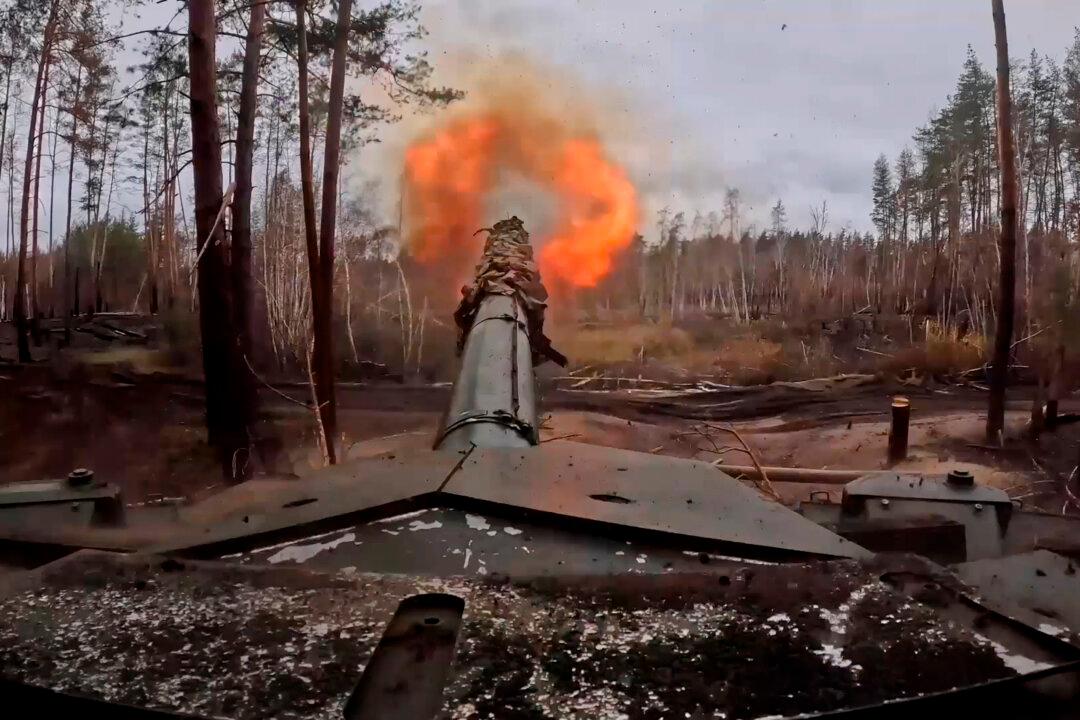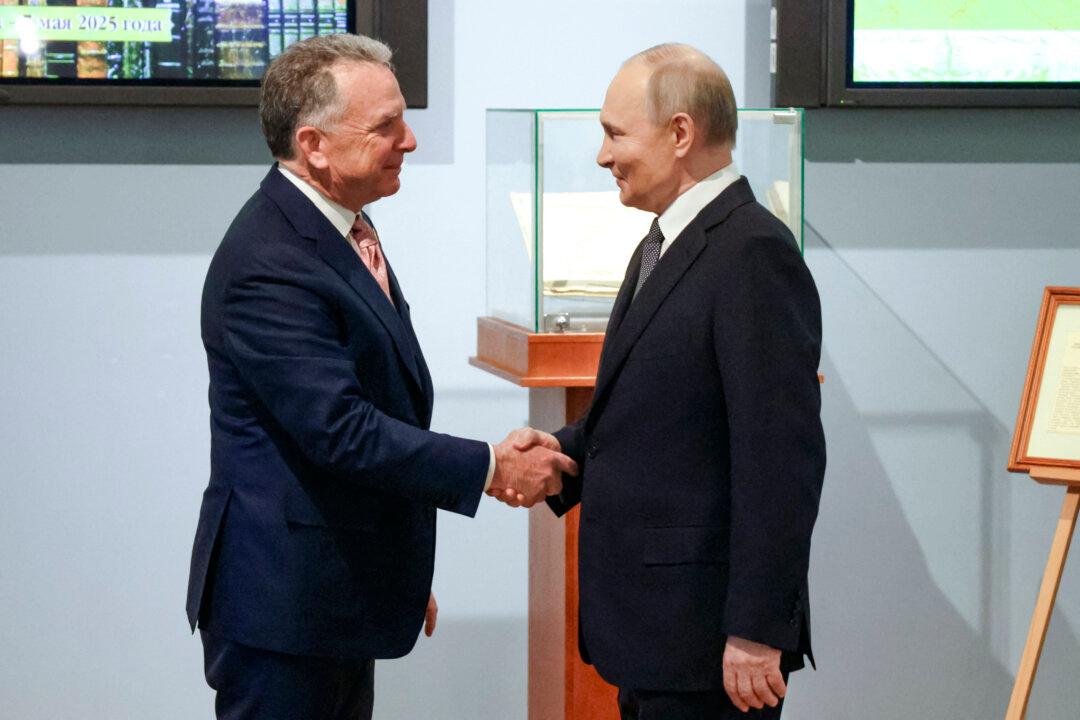Ukraine is launching a new offensive into Russia’s Kursk region as it struggles to fend off Moscow’s advances in its own southeastern territories.
Ukrainian President Volodymyr Zelenskyy announced the new assaults into Kursk during a Feb. 7 address, saying that a “significant number” of Russian troops were killed.
Zelenskyy said hundreds of Russian units were destroyed, but it was unclear whether the number referred to vehicles destroyed or soldiers killed or injured.
The Russian Ministry of Defense stated on Feb. 8 that it repelled a Ukrainian counterattack in the Kursk region but remained engaged in an effort to destroy them.
According to that statement, the Ukrainian elements involved in the new offensive included armor, cavalry, airborne, infantry, and reserve units from Ukraine’s territorial defense force.
Russian forces have been trying for months to capture Pokrovsk and nearby Chasiv Yar. Pokrovsk is a key logistical hub that furnishes supplies to much of the front lines, and Chasiv Yar sits atop a strategic hilltop.
The fall of one or both of the cities could allow Russian forces to solidify their grip on Donetsk as a whole and possibly allow Moscow to launch a new major offensive into neighboring Dnipro in central Ukraine.
Ukraine is likely putting a premium on maintaining or expanding its control of Russian territory ahead of a potential cease-fire negotiation in which it would be able to trade back occupied Kursk for some occupied territories of its own.
Both Moscow and Kyiv have begun to pursue riskier tactics in order to secure key battlefield gains ahead of a potential settlement, which grows increasingly likely as U.S. President Donald Trump pressures Moscow and Kyiv toward a cease-fire deal.







